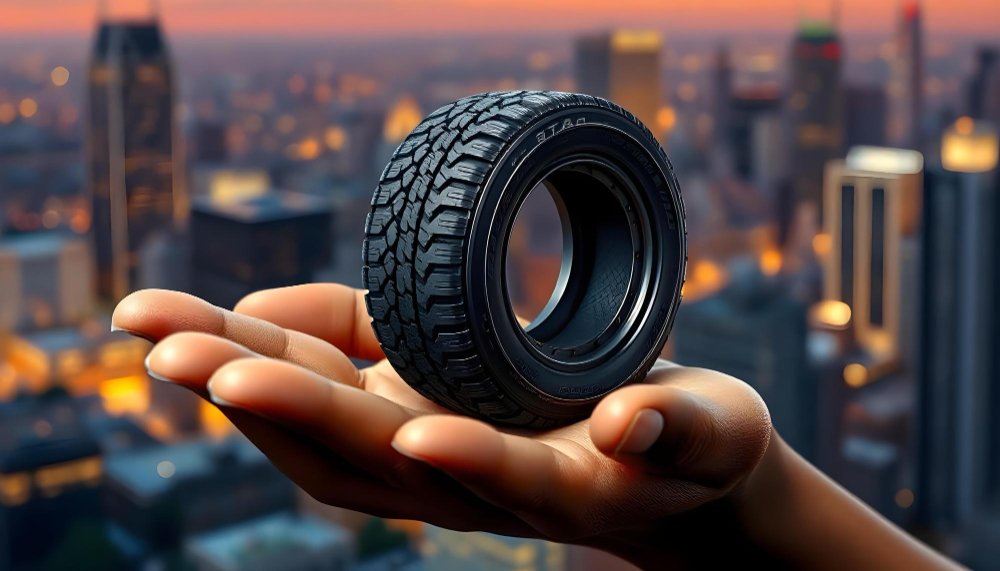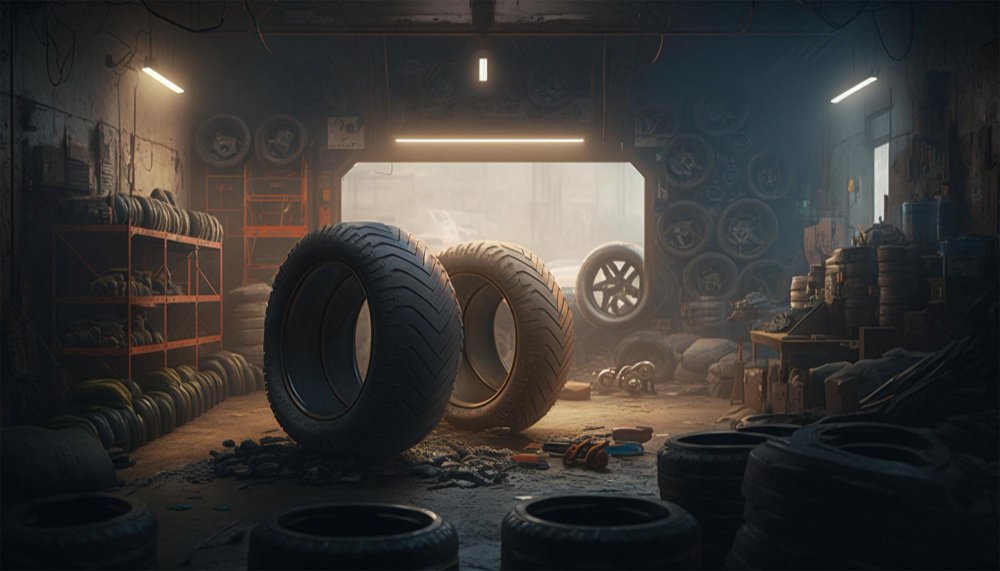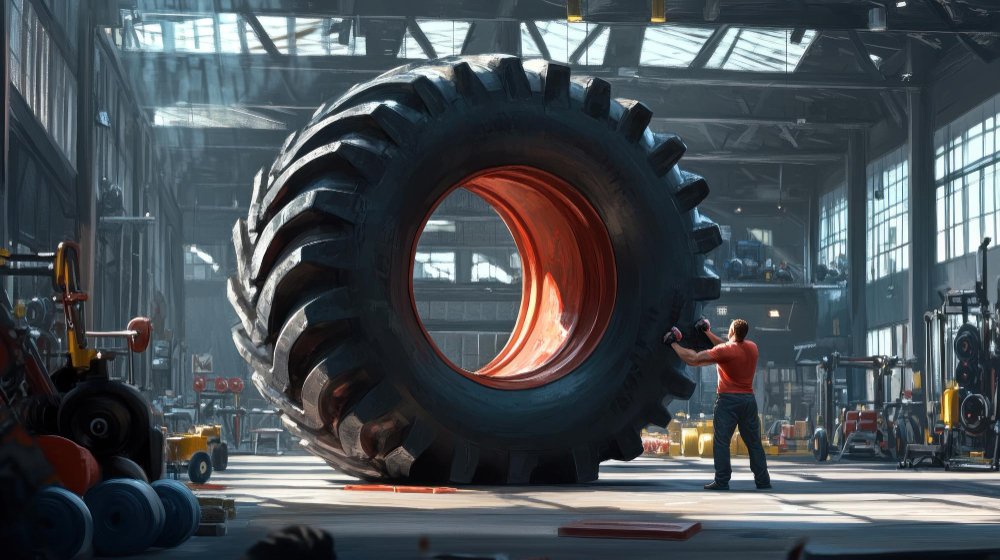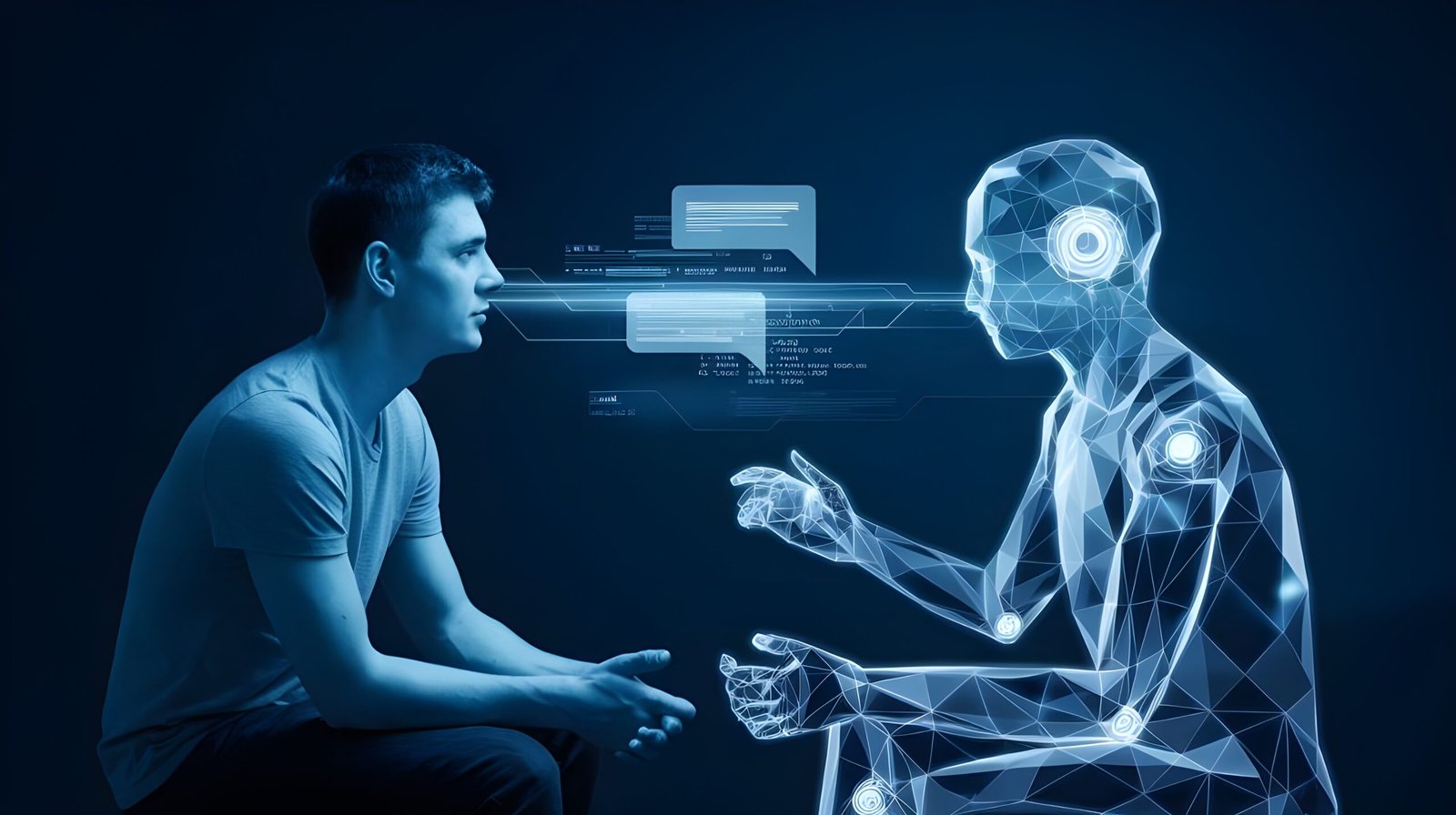Tyre animation is an intricate process that requires a deep understanding of both artistic creativity and technical expertise. From modeling to simulation, every aspect plays a crucial role in creating a photorealistic and immersive visual experience. Let’s dive into the comprehensive process of tyre animation, shedding light on how Studio Image Works has mastered the art of creating stunning tyre animations for multiple brands.
Understanding Tyre Structure and Composition
The process begins with a detailed understanding of the tyre’s internal structure and composition. Advanced modeling techniques are necessary to accurately represent the layers of rubber, fabric, and steel belts that form a typical tyre. This involves not only shaping the outer tread pattern but also carefully modeling the inner layers and sidewalls to ensure precision and realism.
Furthermore, tyres are not perfectly smooth objects; they often exhibit subtle imperfections and irregularities. Achieving this level of detail requires intricate techniques such as displacement mapping and procedural generation to simulate the natural variations found in real-world tyres.

1. Research & Reference Gathering
Before modeling begins, it’s essential to gather detailed references to understand the tyre’s specific features and dynamics. This includes studying tread patterns, sidewall designs, and the tyre’s behavior under various conditions like weight and friction. At Studio Image Works, we prioritize this stage to ensure the tyres look and perform accurately in 3D environments.
2. 3D Modeling
Once references are gathered, the tyre is modeled in 3D using tools such as Autodesk Maya, Blender, or 3ds Max. Every groove, sidewall pattern, and texture is carefully sculpted to match the real-world product.
- Outer Tread Design: The tread pattern is meticulously designed, ensuring that every detail aligns with the brand’s specifications.
- Inner Layers: The inner components, including steel belts and fabric layers, are modeled with precision to replicate the structure of the tyre.
Subtle irregularities are introduced to make the model lifelike. Displacement mapping helps add realistic textures to the tyre surface, while procedural generation techniques ensure natural variations.

3. Texturing & Shading
After modeling, the next step is to bring the tyre to life through textures and shading:
- Material Properties: Rubber has unique optical properties, and accurately simulating its interaction with light is crucial. Shaders are used to replicate the reflective and matte qualities of rubber.
- Wear and Tear: Tyres experience wear over time, and by using procedural shaders, we can replicate the ageing process. This enhances the realism of the animation, showing subtle changes in texture as the tyre gets worn.
Shading adds depth, glossiness, and roughness to the tyre, mimicking the way light interacts with it under different conditions. Special care is taken to ensure specularity and subsurface scattering are configured to mimic real rubber.

4. Dynamic Simulation and Physics
Beyond static modeling, dynamic simulation is essential for creating believable tyre animations. Tyres undergo complex deformations when subjected to forces like weight, friction, and impact. Advanced physics engines simulate these deformations in real-time, ensuring that tyre behavior is both realistic and responsive to different surfaces and conditions.
For example:
- When a tyre rolls over uneven terrain, the tread flexes and compresses.
- Dynamic simulations calculate these deformations to ensure lifelike movement and interaction with the environment.
This level of simulation ensures that the tyre moves, flexes, and deforms in a realistic manner when rolling, braking, or navigating uneven terrains.
5. Rigging and Animation
Next comes the rigging phase, where the tyre is given an internal skeleton for motion control. Rigging enables the tyre to interact with a vehicle’s suspension and steering system accurately.
- Real-Time Physics: The tyre’s behavior is influenced by road conditions, friction, and the vehicle’s motion, making accurate rigging essential for lifelike animation.
At this stage, animations are created using dynamic simulations or keyframes, ensuring smooth and natural movement in different driving scenarios.
6. Integration with Vehicle Dynamics
Tyre animations often need to be integrated into larger vehicle simulations, where they interact with other components like the suspension, steering mechanisms, and the road. This step involves close collaboration between animators, engineers, and software developers to ensure everything is synchronized.
Sophisticated software tools help to synchronize tyre movements with vehicle dynamics, allowing for realistic driving simulations that replicate vehicle behavior across various road surfaces and conditions.
7. Rendering and Post-Production
After the animation is complete, it’s time for rendering. Photorealistic rendering tools like V-Ray, Redshift, or Arnold are used to bring the tyre to life with high-quality visuals. Lighting, reflections, and shadows are adjusted to ensure the tyre looks realistic under different lighting conditions.
Finally, post-production enhancements like motion blur, color correction, and sound effects are added to finalize the animation.
Studio Image Works: Advancing Tyre Animation
At Studio Image Works, we take pride in our expertise in animating over 250 tyres and tread designs for multiple tyre brands. We not only create beautiful animation videos but also provide photorealistic tyre designs for a range of graphic applications.
We collaborate closely with tyre manufacturers to ensure that every animation accurately represents their products while also enhancing their brand message. Our animations extend beyond visual storytelling, contributing to product marketing, technical demonstrations, and more.
8. Photorealism for Graphic Applications
In addition to animation, Studio Image Works assists tyre companies in creating photorealistic tyres for various graphic purposes, from advertising to product demos. This allows brands to present their products in the best light across all marketing platforms.
Overall: Elevating Tyre Design in 3D Animation
Tyre animation is a complex process that demands collaboration, precision, and creativity. From understanding the internal structure to simulating dynamic physics and integrating with vehicle systems, every step plays a vital role in creating realistic and compelling tyre animations.
At Studio Image Works, we are committed to pushing the boundaries of tyre design in 3D animation. Through our dedication to technical excellence and creative storytelling, we help tyre brands stand out with visually stunning and highly realistic animations. Our goal is to set new standards for realism, helping our clients succeed in a competitive market.
With years of expertise in this technology, we are here to support your needs. If you’re interested in learning more about similar technologies and how they can be applied, feel free to contact our team. You can also connect with us via LinkedIn at or reach our support team on WhatsApp.






